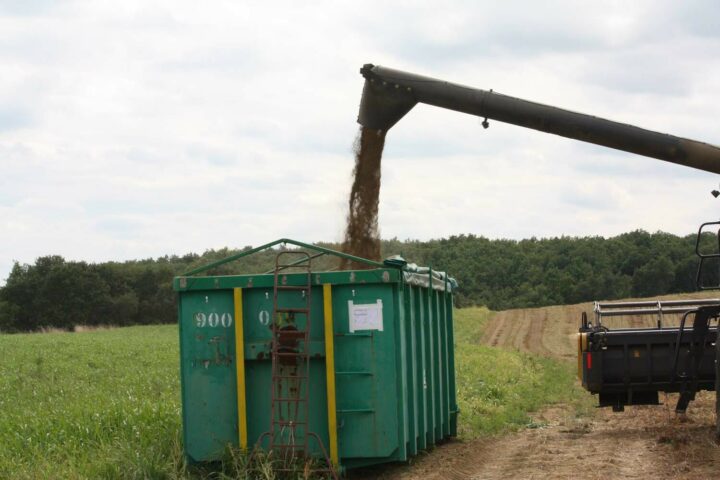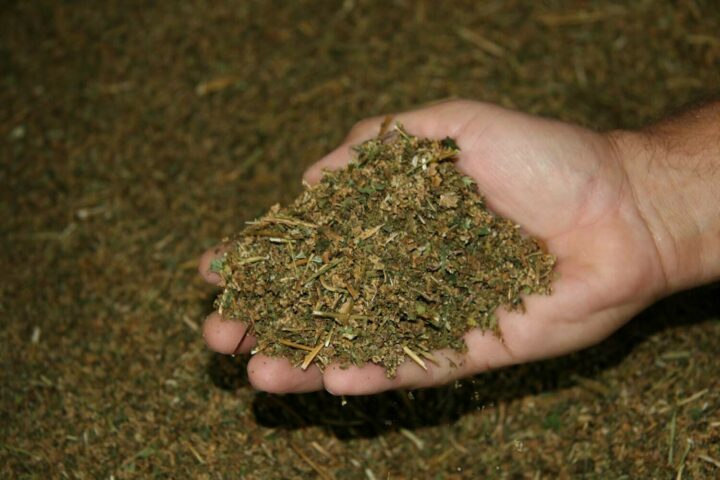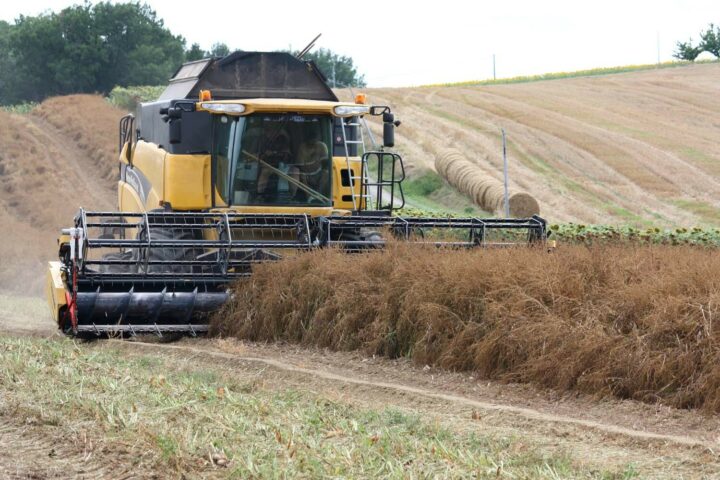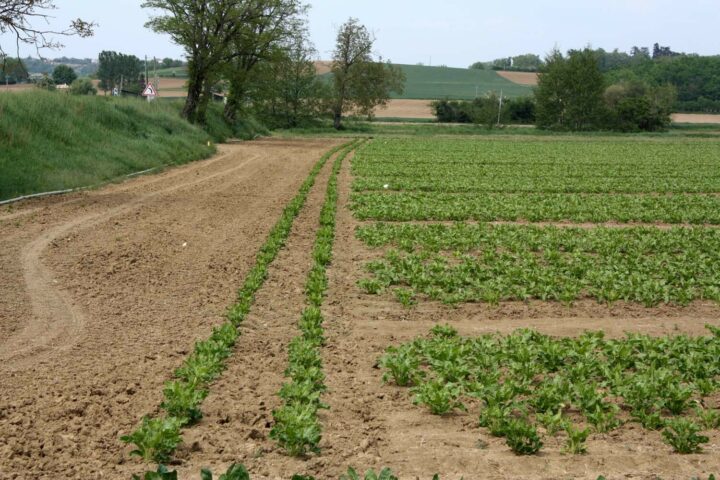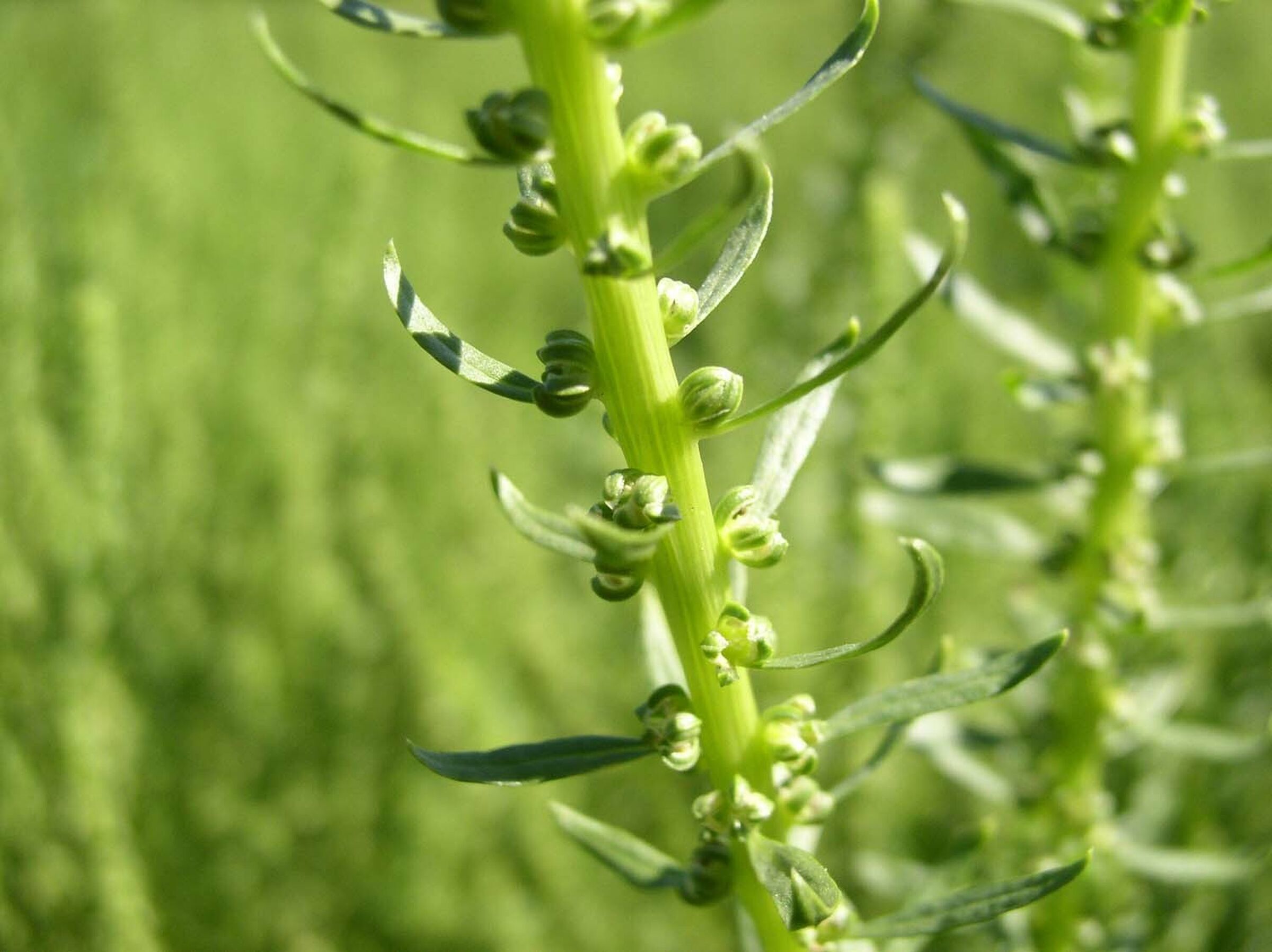Seed Production
Once a new variety has been registered and has successfully passed the official variety trials, we can produce the seed for commercial use. These seeds are treated in our factories, so they are ready to be sold to the farmer.
From sowing the stecklings to the harvest of our seeds, discover the story of our sugarbeet seed production cycle here!
We now produce the basic seed, or seed for the inbred line, and ultimately make the hybrid varieties that become the eventual commercial variety.
The seed propagation begins during the field trial research to reduce the time between initial research and availability to growers. In this step of the process, we start the production of our seeds on a large scale for commercialization.
Step 1: Stecklings
To start, basic seed is planted in sandy soils in the fall. We work with experienced farmers in both the Willamette Valley of Oregon, and Yuma, Arizona to plant our basic seed nurseries where our parental inbred plants are nurtured to the proper health and size. After a few months of growth, this small root is known as a steckling.
Step 2: Vernalization
Sugarbeets are a biennial crop, meaning it needs two seasons to complete its life cycle and produce seed. To trigger flowering, the plant needs a cold period known as vernalization.
The mild winters in Oregon provide sufficient vernalization temperatures naturally. Yet stecklings from Arizona need to be carefully harvested and moved to a cold storage facility for vernalization treatment.Step 3: Selection
Once vernalized, the stecklings are transplanted by hand in seed production fields where the chosen males and females are combined to produce hybrids.
SESVanderHave has its main seed production fields in
- Southern France
- Northern Italy
- Turkey
- Ukraine
- Russia
- Oregon and Arizona (the US).
Step 4: Pollination
The difficulty of seed production lies in the flowering time of the male and female plants. Early flowering lines are clipped so they flower at the same time and the males pollinate the females.
The fields are closely supervised for fertility, irrigation and pest management.
Years of experience result in transplanting the correct ratio of male to female stecklings, which allows the production team adequate flexibility to clip the flowering plants in a way to best match the flowering times of each inbred for that critical 3 week pollination period.
Step 5: Harvest
After pollination, when seeds have formed on the female plants, the male plants (or pollinators) are destroyed. When the seeds are ripe, the seed bearers are cut off and left on the field to dry, until they are finally harvested.
A solid agronomic program leads to a successful commercial seed harvest during August.
